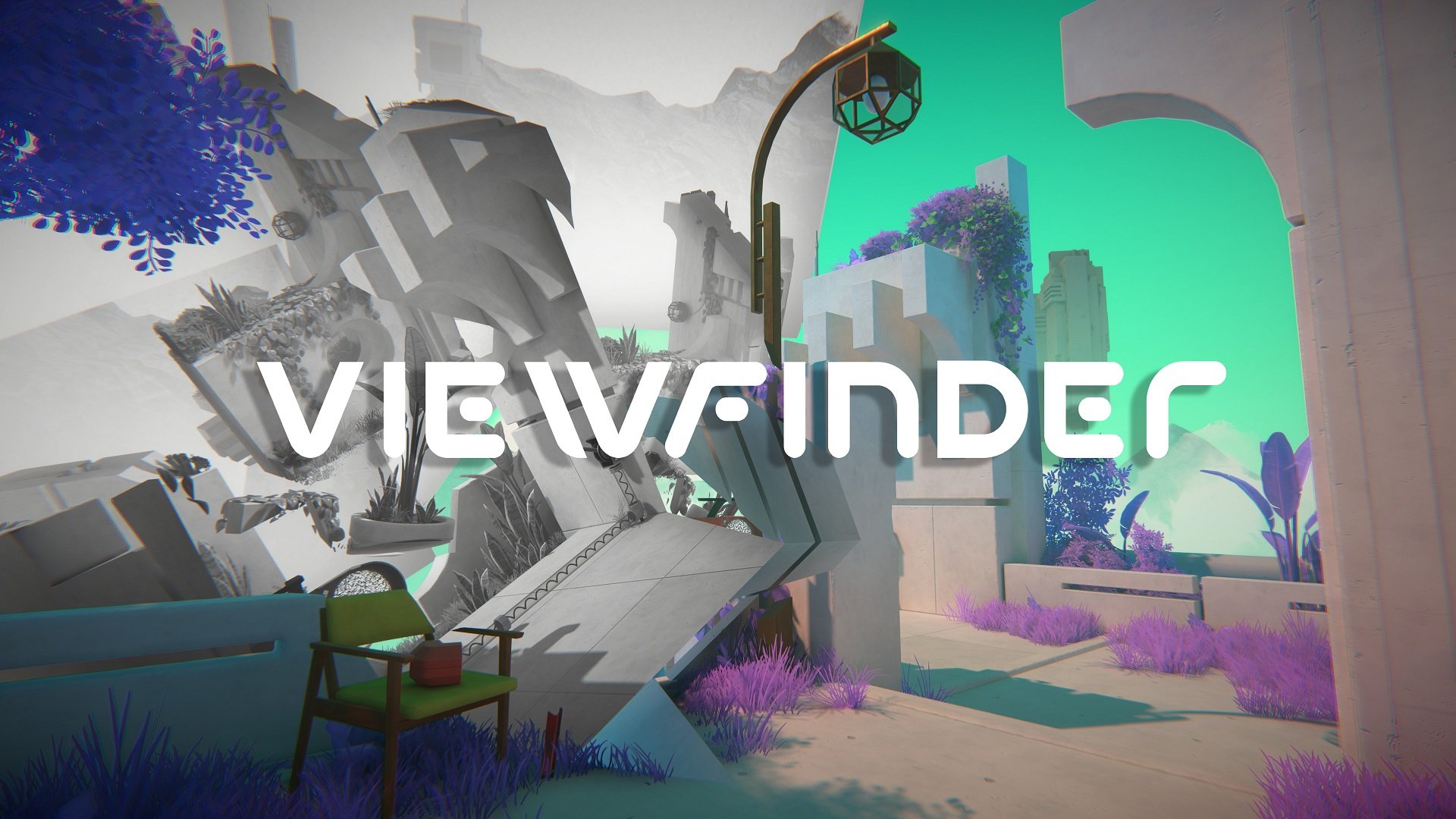The inconspicuous Viewfinder is another game that fans of original and artsy videogames should check without hesitation. Ranking up there in the same league as Portal and The Entropy Centre may be a task only at the reach of the boldest minds, but this puzzle game brings an entirely new perspective into the genre, quite literally messing around with your perception of space in ways that will blow your mind. It’s a simple package with incredible and unexpected depth that fans should not miss.
Looks Can Be Deceiving

Viewfinder’s colorful and simple nature is deceiving, as this game’s apparent relaxing nature soon gives way to a host of ingenious and often brilliant puzzles where photographs come to life, 2D pictures turning into 3D objects that merge, cut into, and fuse with the environment. After a couple of hours of playtime, it suddenly hits you: this game is a feat of genius, a piece of software that will make you scratch your head and wonder how they have thought about this, let alone realizing this vision.
The game starts out of nowhere, no context whatsoever, no real connection or threads to welcome to player; it feels like you dropped into a world where you don’t really belong and you’re not aware of its inner workings. However, everything will soon make sense, resulting in a surprising storytelling mechanism that is far from your standard game introduction. It’s all in the name of science, it seems, and the game has all these little touches mentioning the research, from post-its to recordings, that give meaning to your discoveries, even if the story isn’t anything to write home about, and some characters can become annoying with all the constant banter.

The core mechanic of Viewfinder, if we can say so given that there are many curveballs along the way, is to find photos and place them in the exact spots allowing you to move through previously empty spaces and reach the end of stage teleporter – easier said than done. Sometimes, you must find batteries to power it up, requiring a good observation of the environment, as the locations aren’t always easy to spot, or linear – verticality and odd angles are used to a great extent, buildings with no entrances need to have a door “created” with the photos, and so on.
This means that you must adjust your perspective and rotate the photo to make sure the picture aligns with the scenery in the way that was expected, or in improvised ways that still serve your purpose. Viewfinder is open to experimentation and rarely there’s a set path for you to follow, even more when other gadgets are added into the mix and give you more options for chaos. A photocopier allows you to print some copies of photos, and cameras allowing you to take snapshots are useful, including… who knows, copies of a well-placed battery, but you didn’t hear it from me.
Make a mistake and you can use the rewind feature to retrieve the photo and try again. It’s a nice feature that ensures you don’t get blocked – you may also restart the whole stage – but it would be better if we could speed up the rewind, or even better, have a shortcut to jump to specific points in time to retrieve photographs and correct our blunders.
A Glitch in the Machine

As clever as it seems, Viewfinder doesn’t settle for being a one-trick pony. The stages often bring different aesthetic choices to add diversity from the charming and straightforward initial looks, from pixel art to glitching that makes you realize this may not be what is looks like. Photos are also very diverse both in content and effect, including playing cards and retro games with actual visual effects involved. Beyond being a surefire nightmare to balance, it looks like its creators also had fun devising these offbeat puzzles.
You can be sure that Viewfinder isn’t an easy puzzle game – it will frustrate you and leave you scratching your head. Finding the right spot for a photo or where that pesky battery is can be tricky, but it’s a welcome challenge and one that is different from most other games you have tried before.
There isn’t much to criticize here, and anything that we may desire really doesn’t have a profound impact on the gameplay. I wish our character could sprint to save us some noticeable long walks, and the interaction prompt with some items can feel inaccurate. The stages are filled with tons of decorative items and it would be wonderful to have almost complete physics liberty, grabbing items, moving stuff around, creating a new type of chaos, but sadly most things are only bound by photo physics and not prone to direct interaction.

This sounds like nitpicking, and it certainly is, given the overall creativity displayed in Viewfinder. This is the kind of game that puts studios on the map and under the eyes of attentive publishers looking for great talent, serving as a terrific first game and calling card for Scottish outfit Sad Owl Studios. It ranks up there with the brilliance of Portal and is filled with moments to make your jaw drop, if you like innovation and gameplay going hand in hand. Don’t hesitate to find this Viewfinder and play in the stages like a young kid discovering a new toy, you won’t regret it.
Pros
- A stunning display of creativity
- Keeps gameplay from going stale with new gadgets and ideas
- Looks terrific in all its simplicity
Cons
- Story isn’t fantastic and some characters’ voices become annoying
Rating: 9/10


